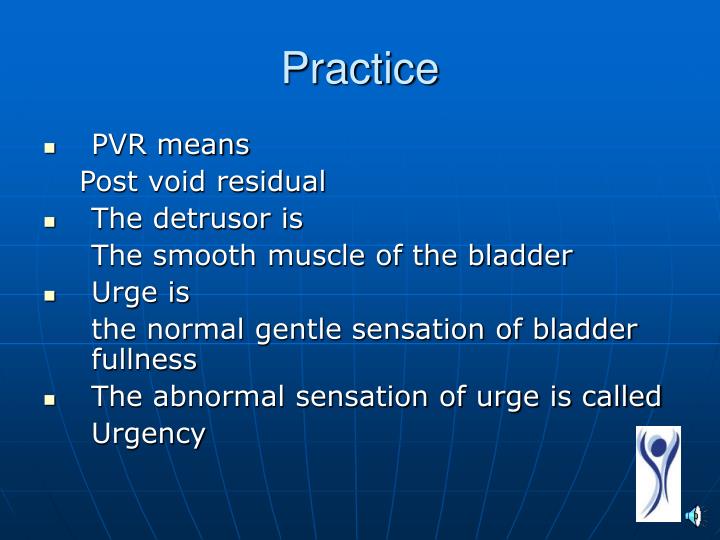

 The Bladder Ultrasound Scanner: Vsono-BL1 is used to non-invasively visualize, monitor, and measure the urine volume in the bladder, with a measuring range of 10ml to 2000ml. Bladder volume/post-void residual Use calc mode and measure in 3 dimensions (anterior posterior, right left, and superior inferior) Normal PVR is <50mL, <100mL in patients >65. Results Post-void residual volumes of 150 mL were common (23.9 (111/464) and had the following distribution: 150-299 mL- 13.1 (61/464), 300-499 mL- 6.4 (30/464), 500 mL or more- 6 (28/464.
The Bladder Ultrasound Scanner: Vsono-BL1 is used to non-invasively visualize, monitor, and measure the urine volume in the bladder, with a measuring range of 10ml to 2000ml. Bladder volume/post-void residual Use calc mode and measure in 3 dimensions (anterior posterior, right left, and superior inferior) Normal PVR is <50mL, <100mL in patients >65. Results Post-void residual volumes of 150 mL were common (23.9 (111/464) and had the following distribution: 150-299 mL- 13.1 (61/464), 300-499 mL- 6.4 (30/464), 500 mL or more- 6 (28/464. Vendra Medical team suggests ultrasonography, instead, specifically using the Wireless Bladder Ultrasound Scanner: Vsono-BL1 This can be done by either catheterization or surgical intervention depending on the etiology of the obstruction 2. The goal of treatment is to relieve the obstruction and prevent urinary tract infections and renal compromise. Therefore, an invasive measuring method, such as catheterization, is not encouraged. Urinary retention is noted with increased post-void residual on sonographic or voiding studies. PVR varies in a given individual, hence multiple measurements are often necessary. A dysfunction in 1 part can result in PVR. The bladder, the external sphincter, and the detrusor activities must be synchronized for a healthy voiding. PVR is a way to help detect urinary tract disorders if there are any. This encourages as well the formation of urinary stones, which can be directly harmful to the entire urinary system. Since the rinsing of the bladder is impaired, germs can easily settle on the inner wall of the bladder and cause infections. If the bladder cannot be completely emptied, so-called residual urine remains. Post-void residual (PVR) urine is a controversial part of routine clinical assessment in males with lower urinary tract symptoms (LUTS).


 0 kommentar(er)
0 kommentar(er)
